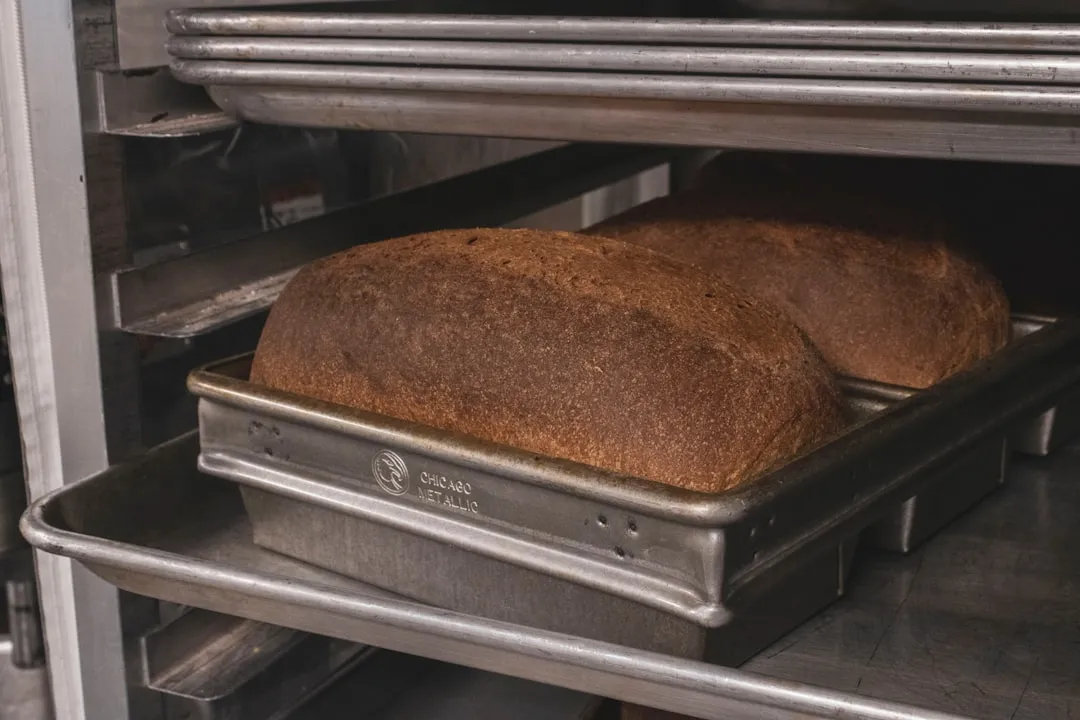Fiddlehead ferns look like something from Alice in Wonderland, or something that you might see when you close your eyes while listening to Pink Floyd and enjoying some herbal refreshment. What they don't look like is a tasty vegetable that's perfect for any spring or summer dish. Yet that is exactly what these bizarre spirals are.
What Are They?
Fiddleheads are adolescent ferns. When a fern first emerges from the soil, it's simply a small stalk. The stock then grows into a curl—which resembles a snail—before unfurling into the adult fern that we're all familiar with.
When picked at this adolescent stage, ferns can be a tasty addition to many dishes. But even though there are dozens of fern varieties in the world, the ostrich fern (Matteuccia struthiopteris) makes up for almost all fiddlehead consumption.
Their Allure & Flavor
While the flavor of fiddleheads comes with a hefty price tag (usually $20–30 per pound), they do taste delicious. They're generally described as a mix between green beans and asparagus: crunchy, earthy, and light.
The allure, however, is primarily the unique shape (which makes for a fun plating aesthetic), and the scarcity. Because ferns only exist in this adolescent stage for a week or two, fiddleheads are very rare. If they show up on a menu at your favorite restaurant, chances are they'll be gone the next time you're there.
Where to Buy Them & What to Look For
Fiddleheads aren't easy to find because of their aforementioned scarcity. They're often sold in high-end grocery stores, but I've had the greatest luck finding them at farmer's markets (though they're still hard to find, no matter where you live). The ferns will only ever be available in spring and early summer, so check your markets at those times.
If you do find fiddleheads, there are a few things to look out for. Just like with so many other veggies, you want the ferns to be green; a little brown on the ends is okay, but avoid any fiddleheads that are mostly brown. Also, make sure that the ferns are still tightly rolled, and aren't yet unfurling.
How to Prep Them
There's one extremely important thing to know about fiddleheads: they can make you pretty sick if you consume them raw. In order to get rid of the toxins in the ferns, boil them for at least five minutes before eating or cooking them further.
Before boiling the ferns, however, you'll want to clean them, which you can do by simply putting them in a bowl of cold water, and scrubbing them with your hands. Then trim the ends, and you're good to go.
How to Cook Them
Fiddleheads are best when treated much as green beans and asparagus are. They're delicious sautéed as a side dish, or as an addition to almost any Italian dish. Simple seasoning goes a long way with fiddleheads: I recommend sautéing them in olive oil with salt, pepper, garlic, and a dash of lemon juice.
Fiddleheads are also delicious as a "raw" element in salads. Again, you have to boil the ferns, but if you shock them in ice water they'll retain their crunchy texture and fresh flavor. When paired with a simple citrus vinaigrette, fiddleheads make a dynamic dish (they also pair excellently with other earthy flavors, such as wild mushrooms).
If you get the chance, it's worth trying fiddlehead ferns. It's not every day that you find a weird ingredient that isn't gross or unnerving in the slightest. Most people are familiar with seeing fiddleheads while on walks, but few people are familiar with eating them. But trust me, they're worth tasting!
Get More Weird Ingredient Wednesday
It's time to educate your palate!































Comments
Be the first, drop a comment!